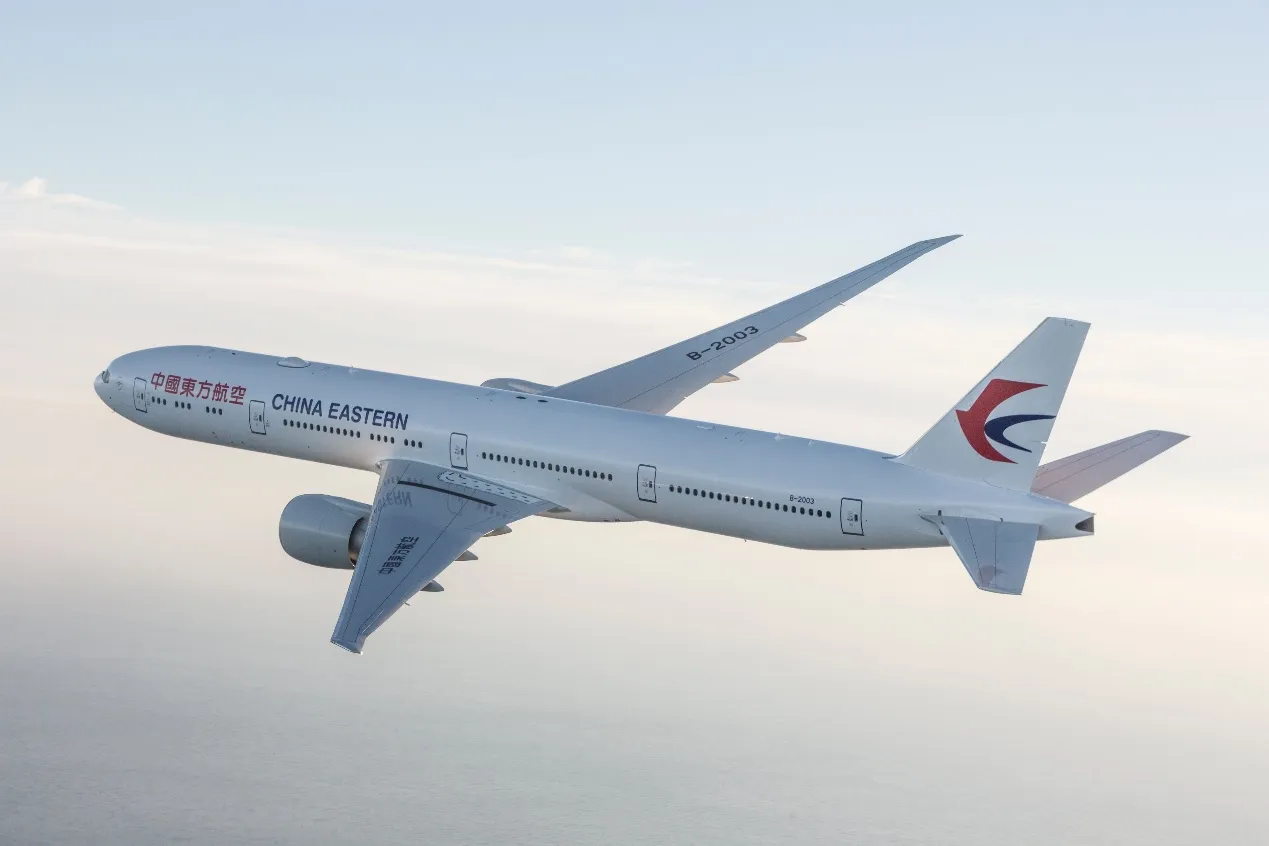On Friday, China’s first self-developed big passenger aircraft, the C919, completed all test flights and will soon acquire its airworthiness certificate. The information suggests that the big single-aisle trunk aircraft will shortly begin operating commercially. With 27 nations and territories, including Canada, Brazil, Australia, and Russia, China has signed 204 bilateral airworthiness agreements, allowing C919 flights to service domestic and foreign routes.
The C919, with a maximum range of 5,555 kilometres and as many as 168 seats, was first developed by the Commercial Aircraft Corporation of China in 2008. Its first aircraft, B-001J, completed a test flight on May 16.
The airplane has been under development for a while. In April this year, it signed its first commercial contract with CEA and completed its maiden test flight. On September 29, 2022, it received its Type Certificate from the Civil Aviation Administration of China (CAAC). According to CNN, mass production began in November.
CEA expects to receive the final four aircraft from this initial batch within the following two years.
Here’s Everything to Know About COMAC C919
China is gradually entering the market for narrowbody aircraft to rival Airbus and Boeing. The nation’s COMAC C919 aircraft received type certification in October this year.
Since 2008, COMAC has been working on the C919 and has only seldom discussed its goals and development. The company’s prior publicly announced certification goal was for the year 2020.
The goal of COMAC, according to other COMAC representatives, was to receive certification and deliver the first machine by the end of 2021. China Eastern Airlines was always intended to be the launch carrier.
The C919 aircraft has twin LEAP-1C engines from CFM International. It is a narrowbody jet. Commercial Aviation Corp of China has a range of 2,532 to 3,451 miles (4,075 to 5,555 kilometres) and can carry 158 to 192 passengers (COMAC).
Eight business class and 156 economy class seats are distributed among the 164 passengers on the two-cabin aircraft. According to Aviation Source News, the center seat in the economy cabin’s three-seater rows is 0.5 inches (1.5 cm) broader than its adjacent seats, providing better comfort for passengers.
Twenty drop-down 12-inch (30.4-cm) screens on the aircraft can display 1080P movies. The plane has a low noise level, an effective air filtration system, and an aisle height of 7.3 feet (2.25 meters). It also includes an efficient air filtration system and a passenger-centric lighting system.
The aircraft will reportedly make its maiden flight between Shanghai and Beijing when it enters full commercial service in the spring of 2023.
By 2030, COMAC is anticipated to construct about 25 C919s annually, fewer than the competitors’ current monthly rates of narrowbody production. In addition, it intends to add new cargo and VIP versions and bigger and shrunk aircraft variations to the project.
COMAC depends on many foreign parts, notably the aircraft’s engines, and control systems. The CJ-1000A alternative engine is being developed in the hopes that all of these airplane parts will be produced domestically.
Time will tell how the C919 performs and how much less reliant on Western components it may wind up becoming in the future. For the time being, Friday’s inaugural flight was a momentous occasion for the Chinese and global aviation industries.





